Ecommerce 101 for Brazil: What to Expect
Brazil is the largest country in South America and the 5th largest country worldwide. Here's a 101 course for what to know about ecommerce in Brazil and how Pattern can take you there.
Ecommerce in Brazil should be getting everyone excited. Brazil is the largest country in South America and the 5th largest country worldwide. At 210 million people, it has the largest population in Latin America (Mexico being second at 127 million), and is nearly 2/3 the population of the United States (328 million). Brazil accounts for over 1/3 of all Latin American ecommerce sales, which are projected to surpass $16.7 billion USD by the end of 2020.
Ecommerce in Brazil
Brazilian consumers love imported products. As someone who has lived in Brazil, I can give some anecdotal evidence to the effect of American culture on the Brazilian market. American athletes and musicians, and in my experience, especially MMA, Basketball, Beyonce, and Justin Bieber, are surefire ways to get a Brazilian interested in your product.
Brazilians have also begun taking to ecommerce for important U.S. retail days like Halloween and Black Friday. While this is all very exciting, sellers have found that doing business cross-border in Brazil is expensive and complex. The World Ease of Doing Business ranking for Brazil is poor, sitting at 124th out of 190 countries in the ranking (for comparison, Mexico is in 60th place, with the U.S. in 6th). It is possible though to succeed in cross-border ecommerce in Brazil as long as you set both your and the customer’s expectations appropriately.
Marketplaces
Brazil’s dominant marketplace is MercadoLivre (the Brazilian instance of MercadoLibre, LATAM’s ecommerce giant). Amazon Brazil is the 3rd largest marketplace in terms of monthly visitors. Various domestic marketplaces dominate the rest of Brazilian ecommerce, such as Lojas Americanas, Magazine Luiza, and Casas Bahia. The most accessible platforms to cross-border sellers however will be MercadoLivre and Amazon Brazil.
Logistics and customs
Amazon Brazil and MercadoLivre do not support cross-border sellers using their fulfillment centers in-country yet, so all sales will have to be shipped direct to the customer when the order is placed. Current transit times for packages, once the product arrives in Brazil, can range from 3-70 days depending on whether the customer resides in a major metropolitan area or lives in what Brazillians call the “interior” (rural areas). However, those living in the interior are accustomed to longer delivery times and this should not be seen as a deterrent to doing business in Brazil.
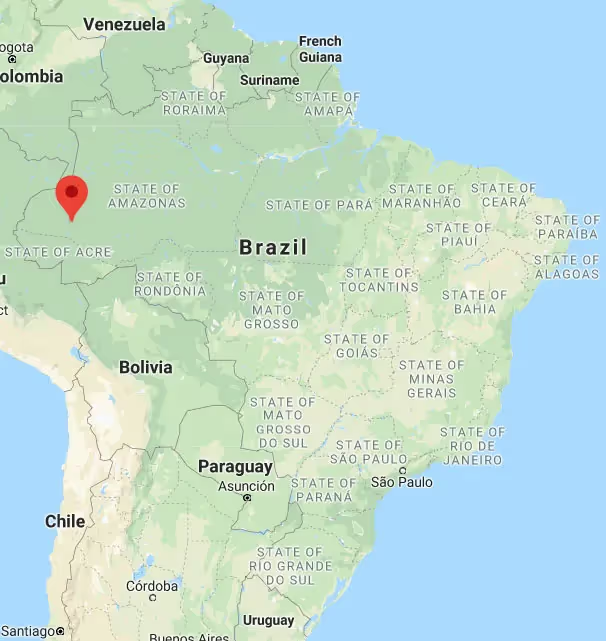
If a customer in Eirunepé, Amazonas, orders your product, the delivery could take up to 70 days. Duties and taxes on products going from the U.S. to Brazil can be as high as 113% of the product’s value, but are typically around 87.5-93%. Sellers need to decide whether they will take that increased cost on themselves or pass it on the consumer, or a combination of the two.
Brazil does have a $50 de minimis value, a value under which products can be shipped duty free. However, the various logistics companies that send products to Brazil, such as Sky Postal, MailAmericas, or various programs through FedEx or UPS have noted that the de minimis value is not guaranteed. Sellers will need to decide whether they want to ship DDP (delivery duty paid) and accept the full value of duties and taxes regardless of the product’s value, or DDU (delivery duty unpaid), and know that there is a chance duties will be charged on products valued below $50 USD.
Pattern in Brazil
At Pattern we apply our expertise in Amazon and MercadoLivre to the Brazilian market to help grow your brand. In fact, Pattern was one of the first 3 and is still one of the only cross-border sellers currently allowed to sell in the Health & Personal Care category on Amazon BR. When Brazilians are ready to get to work they often say “Vamo lá!” So...
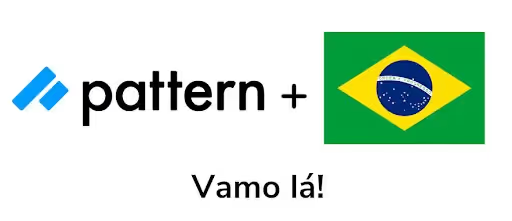

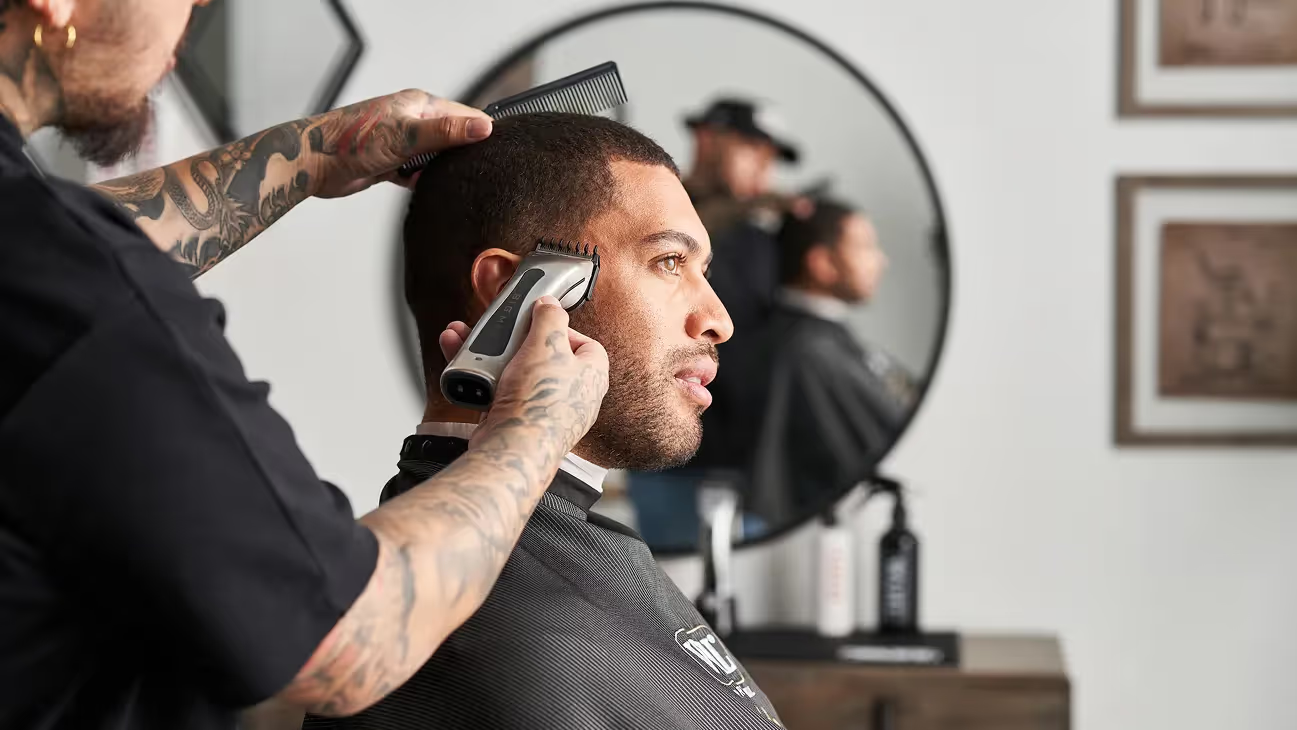
.jpg)
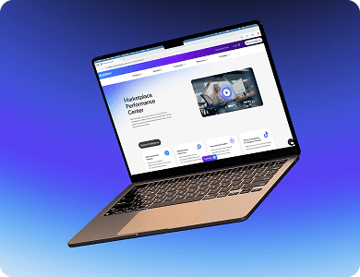

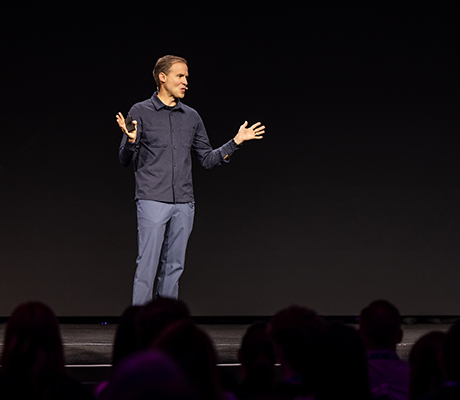



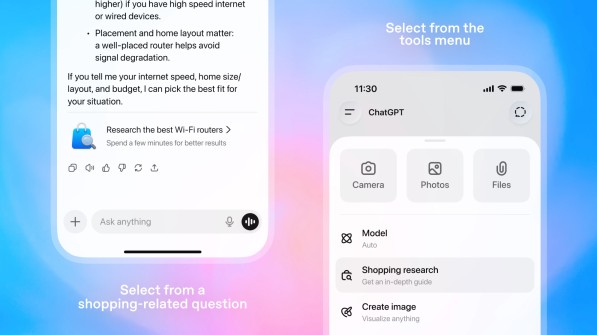
.jpg)